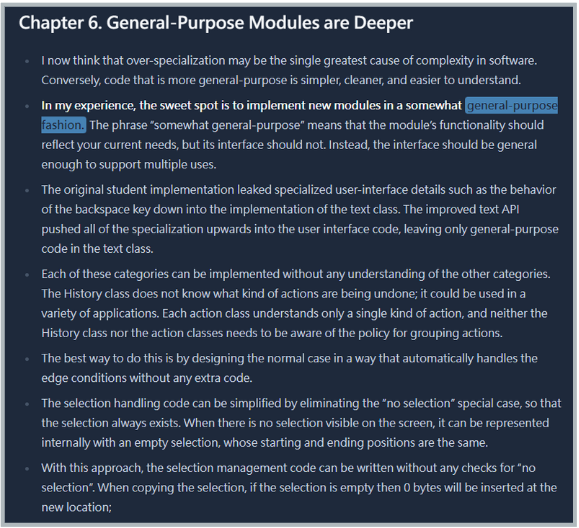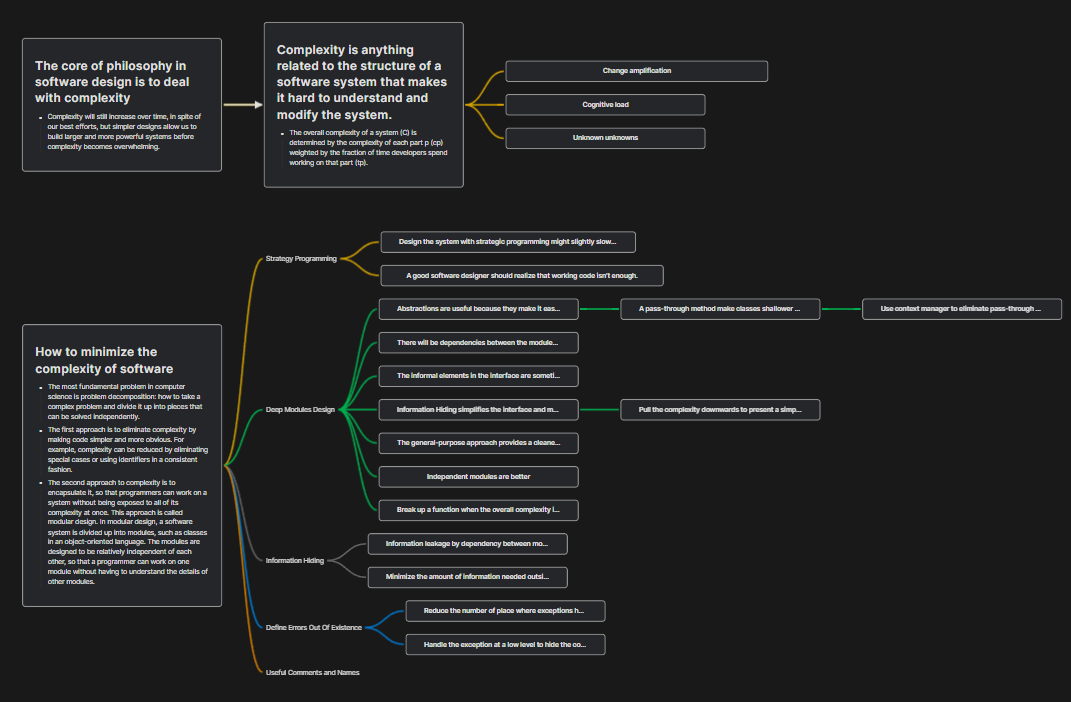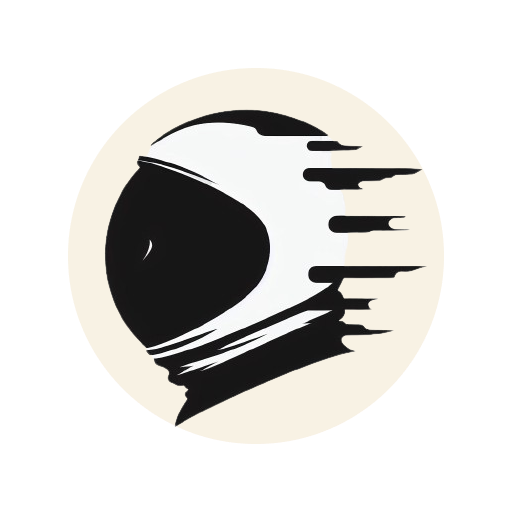Introduction #
In today’s digital era, we’re flooded with loads of information every day. When learning about something new, various explanations could be found online, whether they’re long articles or short blurbs.
However, if you aim for efficient and systematic knowledge acquisition, reading books remains the optimal choice, even though it may require more time. Making use of fragmented time for any habit is a method of continual accumulation, and reading is no exception. Merely skimming through without consciously absorbing the content makes it difficult to derive any benefits from the reading experience.
Reading books strategically and digitizing personal notes can enhance understanding of the knowledge within them. Leveraging the advancements in search and tagging systems of note-taking applications, these digitized personal notes can be easily accessed and utilized again in the future."
In this post, I document and outline the process I’ve recently followed when moving from “input” to “output” while reading books.
Use E-reader to Read #
Perhaps some people prefer flipping through paper books because the texture of paper feels warm and reading on it is relatively comfortable. However, paper books and e-readers can coexist. Different types of content or media have their own suitable presentation formats. I believe that reading enthusiast should seriously consider purchasing an e-reader. E-readers are not only better tools for absorbing knowledge but also help cultivate a habit of reading during leisure time.
- E-readers are lightweight and portable, without adding much to the carrying cost.
- With an e-reader, you don’t need to waste time deciding which book to bring on your next trip. You can carry all your books with you and even read multiple ones simultaneously!
- If you dislike marking up paper books, most e-readers offer excellent highlighting features, making it convenient for organizing information and speeding up digitization.
Compared to the smartphones people carry with them nowadays, e-readers offer several advantages:
- Many e-book platforms provide mobile apps for smartphones, but e-readers, due to their different display technology, are more eye-friendly [1], allowing people to read for longer periods and reducing the impact on sleep.
- E-readers help people focus more on reading. Smartphones can handle multiple tasks, making it easy for people to get distracted.
Numerous articles on the internet compare different e-readers, whether they operate in an open or closed ecosystem. Regardless of the platform, selecting the right e-reader is crucial for individual needs.
Digitalize Reading Notes #
In the book “Building a Second Brain”, the CODE method (Capture, Organize, Distill, Express) is introduced, highlighting the importance of transforming reading material into personal knowledge [1]. Besides capturing engaging content from the text, equally crucial is organizing information in a personal manner for one’s own output. Thus, in the process of acquiring book content, utilizing the note-taking feature of e-readers to extract key information is a pivotal step in deep reading. On Kindle, transferring note content to a personal email is quite straightforward. It’s worth noting that there is a limit set by publishers for note extraction, preventing unlimited highlighting. However, I believe this limitation prompts us to carefully select content that genuinely inspires us and leave it for our future selves to utilize as a valuable resource.
Utilizing the progressive summarization [2] technique introduced in “Building a Second Brain”, each crucial chapter or paragraph can be condensed into informational cards within a digital note-taking application. During the initial read-through, I utilize the highlighting feature of my e-reader to capture relatively comprehensive content. When revisiting my notes, I use bold font for second-layer details and a highlighter for third-layer insights. This approach facilitates the organization of interconnected content across chapters. Upon completing the book, I create a mind-map to interconnect these informational cards. Compared to traditional list-style notes, both whiteboards and mind-maps aid in swiftly grasping complex information. Recently, I’ve experimented with Heptabase’s whiteboard for mind-mapping to link the information gathered from my reading. Additionally, Obsidian offers similar canvas and mind-map features to achieve the same functionality.

Highlighting with progressive summarization

Use mind map in Heptabase to organize notes
Outro #
In today’s era inundated with vast amounts of information, reading plays a crucial role. From general searches to using e-readers, we have numerous ways to acquire knowledge. However, for more effective mastery of this knowledge, reading books remains one of the best options. Reading is not just a habit of continual accumulation but also a process of deep learning. Through the application of the CODE method, we can transform the content we read into personalized knowledge. Additionally, by utilizing digital note-taking features, we can record key information for future reference and application.
The use of e-readers has made reading more convenient, allowing us to carry a large number of books with us and read anytime, anywhere. For those who enjoy taking notes, the highlighting feature provided by e-readers is a great tool. It helps us organize information more systematically and accelerates the digitization process. Despite the tactile sensation and warmth brought by physical books, e-readers also provide us with convenience and efficiency.
Hope everyone can find their own suitable reading method and fully utilize various tools to maximize their gains, allowing the power of knowledge to be put to use for oneself.
